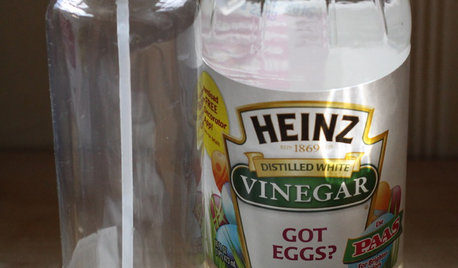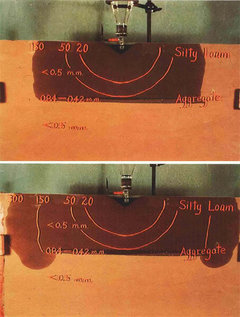water drains too fast
jvmagic
15 years ago
Featured Answer
Sort by:Oldest
Comments (11)
petzold6596
15 years agocalliope
15 years agoRelated Professionals
Bellflower Landscape Architects & Landscape Designers · Fitchburg Landscape Architects & Landscape Designers · Kyle Landscape Architects & Landscape Designers · Manorville Landscape Architects & Landscape Designers · Zion Landscape Architects & Landscape Designers · Aurora Landscape Contractors · Beverly Hills Landscape Contractors · Dudley Landscape Contractors · East Haven Landscape Contractors · Edwardsville Landscape Contractors · Kerman Landscape Contractors · Mercedes Landscape Contractors · South Farmingdale Landscape Contractors · West Orange Landscape Contractors · Leesburg Driveway Installation & Maintenancepetzold6596
15 years agobonsai_audge
15 years agopetzold6596
15 years agobonsai_audge
15 years agoEmbothrium
15 years agoorganicwannabee
13 years agoLavanya Badrinath
3 years agogardengal48 (PNW Z8/9)
3 years ago
Related Stories

LIFEThe Top 5 Ways to Save Water at Home
Get on the fast track to preserving a valuable resource and saving money too with these smart, effective strategies
Full Story
DECORATING GUIDESGet Your Edge On: 11 Ideas for Style in the Fast Lane
Show off your personality and give your design a surprising twist with one of these slightly edgier touches
Full Story
SELLING YOUR HOUSESell Your Home Fast: 21 Staging Tips
Successful staging is key to selling your home quickly and at the best price. From cleaning to styling, these tips can help
Full Story
BATHROOM DESIGNHow to Choose the Best Drain for Your Shower
Don't settle for a cheap fix when you can pick a shower drain that suits your style preferences and renovation codes alike
Full Story
HOUSEKEEPINGMagic Solution for Hard Water Stains
Vanquish evil hard water stains with this inexpensive, fast-acting and all-natural ingredient. And it's probably right in your cupboard
Full Story0

SAVING WATER11 Ways to Save Water at Home
Whether you live in a drought-stricken area or just want to help preserve a precious resource, here are things you can do to use less water
Full Story
LANDSCAPE DESIGNHow to Move Water Through Your Landscape
Swales, underground pipes or a mix of both: There’s more than one way to distribute water in the garden
Full Story
GREEN BUILDINGWater Sense for Big Savings
Keep dollars in your pocket and preserve a precious resource with these easy DIY strategies
Full Story
DISASTER PREP & RECOVERYRemodeling After Water Damage: Tips From a Homeowner Who Did It
Learn the crucial steps and coping mechanisms that can help when flooding strikes your home
Full Story
GREAT HOME PROJECTSHow to Switch to a Tankless Water Heater
New project for a new year: Swap your conventional heater for an energy-saving model — and don’t be fooled by misinformation
Full Story






Embothrium